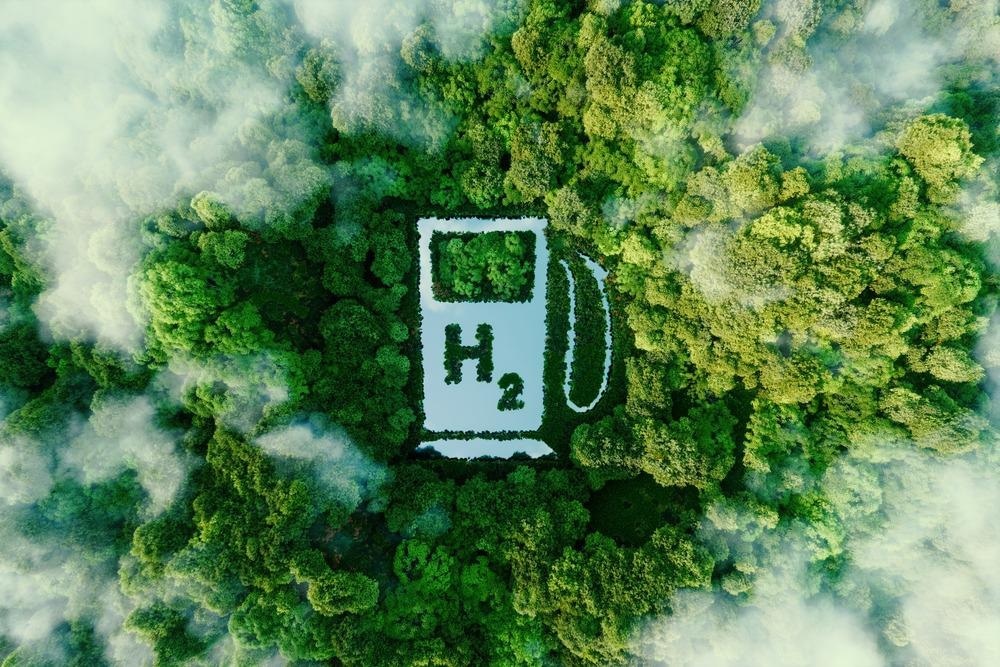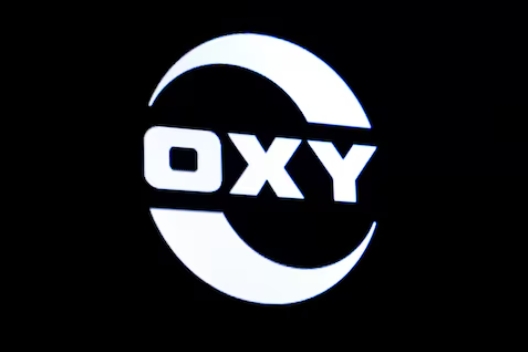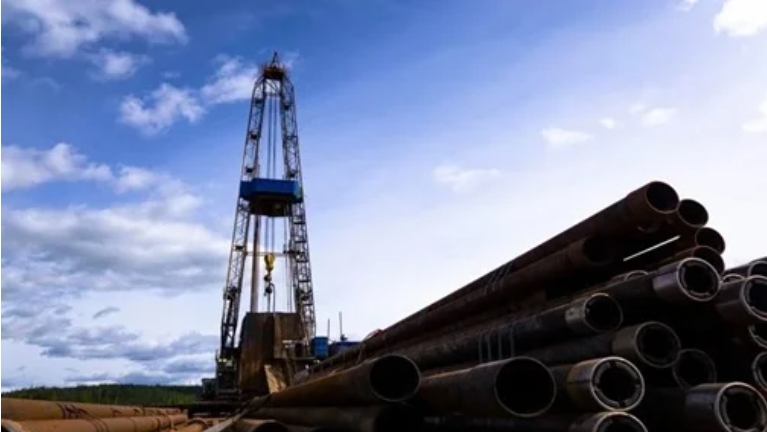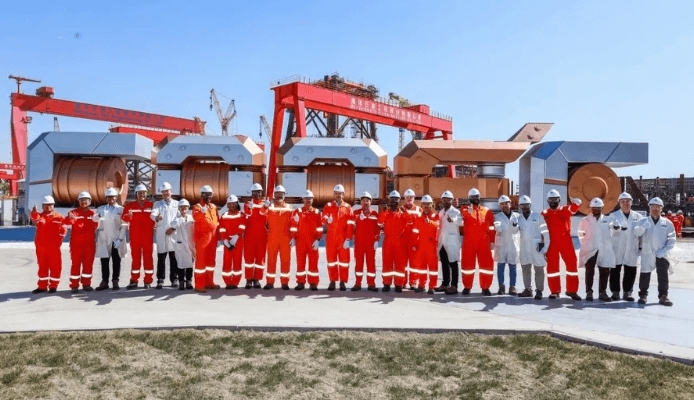 green hydrogen storage
green hydrogen storage
What is Green Hydrogen Development?Green hydrogen is a renewable energy source playing a leading role in transforming global economies to carbon net-zero.
Hydrogen, a colorless gas, has been used in industrial chemistry for years, but mainly as brown hydrogen made through the gasification of coal or lignite.
The color refers to how it is made; blue hydrogen is made from carbon capture and storage; grey uses coal but does not capture CO2; pink uses nuclear energy; and yellow relies solely on solar power.
Green hydrogen has been described as the Holy Grail of all renewable energy.
Green hydrogen is produced during the electrolysis of water, so all that is needed to make it is a large electrolyzer, a plentiful water supply, and electricity from a renewable energy source such as wind or solar. The only carbon emissions are those manifested in the general infrastructure.
The new green hydrogen storage hub in Mississippi, US, aims to be around ten times larger than any other green hydrogen development in the US, with a goal of producing 220,000 kg per day, the equivalent of fueling 25,000 Hyundai trucks per annum.
According to data by The International Energy Agency (IEA), this makes it one of the largest developments in the world.
Hy Stor Energy’s storage hub integrates green hydrogen production with long-term storage and distribution to deliver renewable energy on-demand to its customers.
The Benefits of Net Zero-Carbon Green HydrogenThe drive to electrify as much as possible and as fast as possible means increasing reliance on wind and solar, both of which have their drawbacks.
Green hydrogen has the potential to resolve these issues because it allows the surplus energy produced in optimal weather conditions to be compressed in tanks and stored to use when required.
Hy Stor Energy’s green hydrogen development aims to start producing hydrogen in 2025, and claims it has found a niche market because it is a truly renewable energy that can be safely stored for a long time.
When energy is needed, the hydrogen is simply channeled into fuel cells, using oxygen from the air to produce electricity, with the by-product being water, which can be recycled to use again.
Not only is green hydrogen clean and renewable, but it also potentially signifies the start of the end to a global reliance on fossil fuels, which are driving the planet ever closer to climate change.
How Green Hydrogen Investment Achieves Carbon Net-ZeroWhen used on its own, alternative renewable energy has a higher carbon footprint than when used to generate green hydrogen because it still requires the mining of ores to obtain metals such as copper, lithium and cobalt to operate batteries, wind turbines, and solar panels.
By using renewable energy to create green hydrogen instead, it acts as a carbon offsetting mechanism to achieve net-zero, if it is not burned directly, which emits harmful nitrogen oxide (NOx).
Hy Stor Energy has secured investment by partnering with Connor, Clarke & Lunn Infrastructure (CC&L) which will help develop, commercialize, and operate its green hydrogen storage hubs, and which already has multiple hydrogen storage sites in operation.
In Europe, the INEOS group has recently announced its own €2 billion investment in green hydrogen production, with the first plants being built in Germany, Norway, and Belgium, with further planned investments in the UK and France.
Creating green hydrogen is expensive, but analysts around the world believe it is the next important clean technology for achieving carbon-net zero, and with new investments springing up rapidly, decarbonizing the economy looks promising.
From 2030 onwards towards 2050, renewable hydrogen technologies should reach maturity, and be deployed at large scale to reach all hard-to-decarbonise-sectors.
The European Union Strategy
The Hydrogen Council estimates around 350 projects are already underway globally to develop clean-hydrogen production, distribution, and industrial plants, to replace processes that currently use fossil fuels.
A total of 500 bn US dollars of private and public investment has already been committed until 2030.
Green hydrogen is expensive, currently costing over $ 5 / kg in the West. It is a little cheaper in China because China uses alkaline electrolyzers, but these are not used by the West because they are deemed less efficient and less reliable.
The Hy Stor Energy development looks set to be one of the largest single investment undertakings. It also believes the development approach will become the blueprint for all other green hydrogen projects.
The company also suggests the transition to decarbonizing the global economy creates new jobs, revitalizes local economies, and provides a way for the US to show leadership in tackling climate change.
Hy Stor Energy Partnership with CC&LHy Stor Energy is based in Jackson, Mississippi, with Laura Luce as Chief Executive, an expert on natural gas storage and a former executive at Spire, NGS Energy, and Enron North America.
Connor, Clarke & Lunn Infrastructure (CC&L) has partnered with Hy Stor Energy as a major investor and owner of renewable energy assets. These include 60 hydro-power, solar and wind infrastructures, which already generate 1.4 GW of energy globally.
CC&L is part of Connor, Clarke and Lunn Financial Group Ltd, an asset management company, with affiliates collectively managing CAD$ 100 billion in assets.
CC&L is based in Toronto, Canada, and has more than 70 years’ collective investment experience. The company claims its sole purpose is making sound investments in high-quality, middle-market CAD$ 50 - $ 750 million dollar projects, which have the potential of generating stable cash flow.
Green Hydrogen Power Drives Technology RevolutionOne of the biggest attractions of green hydrogen is its versatility in energy application and ability to decarbonize industry.
Steelmaking and cement production each account for around 7% of greenhouse gas emissions in the US, as their production processes are fueled by natural gas.
There is potential to switch many other industries that also rely on burning fossil fuel during production. This could include ammonia fertilizer manufacture, which currently contributes between 1% and 2% carbon dioxide emissions worldwide.
Interest in fuel cell electric vehicles (FCEVs) is beginning to take off. Hyundai has announced the production of 500,000 hydrogen FCEVs by 2030.
If it receives more public and private investment, green hydrogen has the ability to power trains, aircraft, lorries, buses, and shipping transportation.
One of the biggest obstacles remains the transformation of infrastructure to replace or transform natural gas pipe networks, so they can provide heat and electricity for domestic use, as well as commercial.







